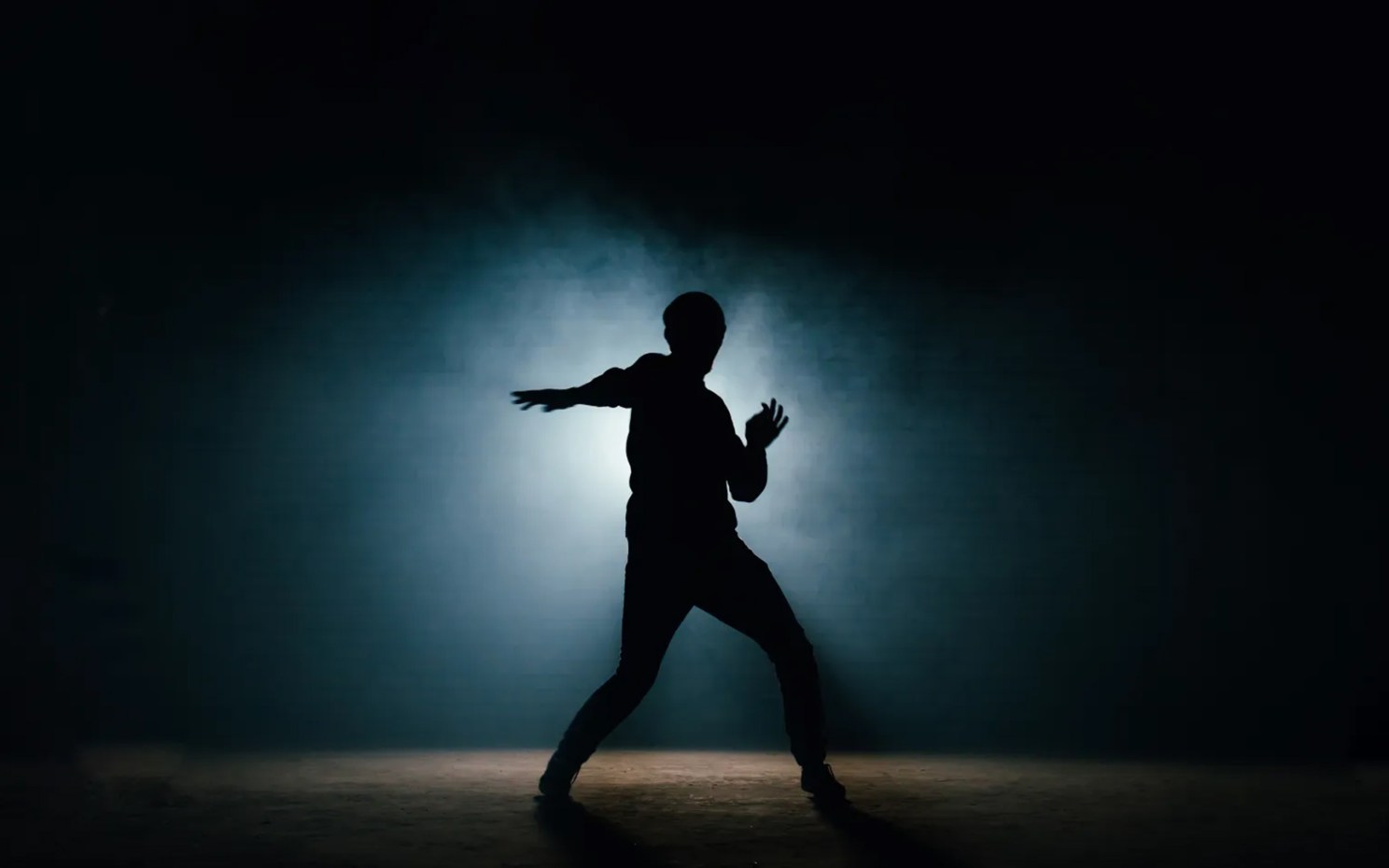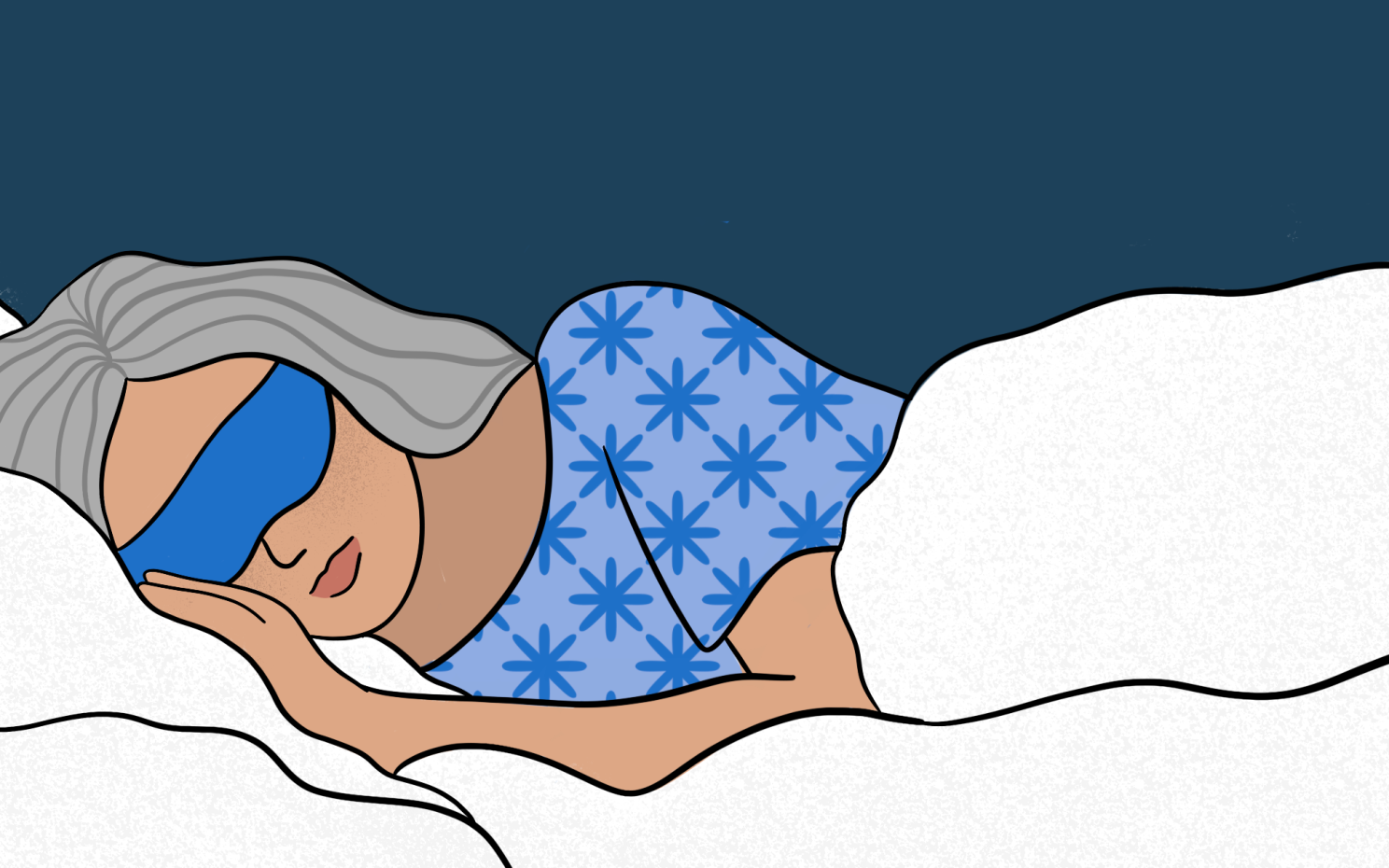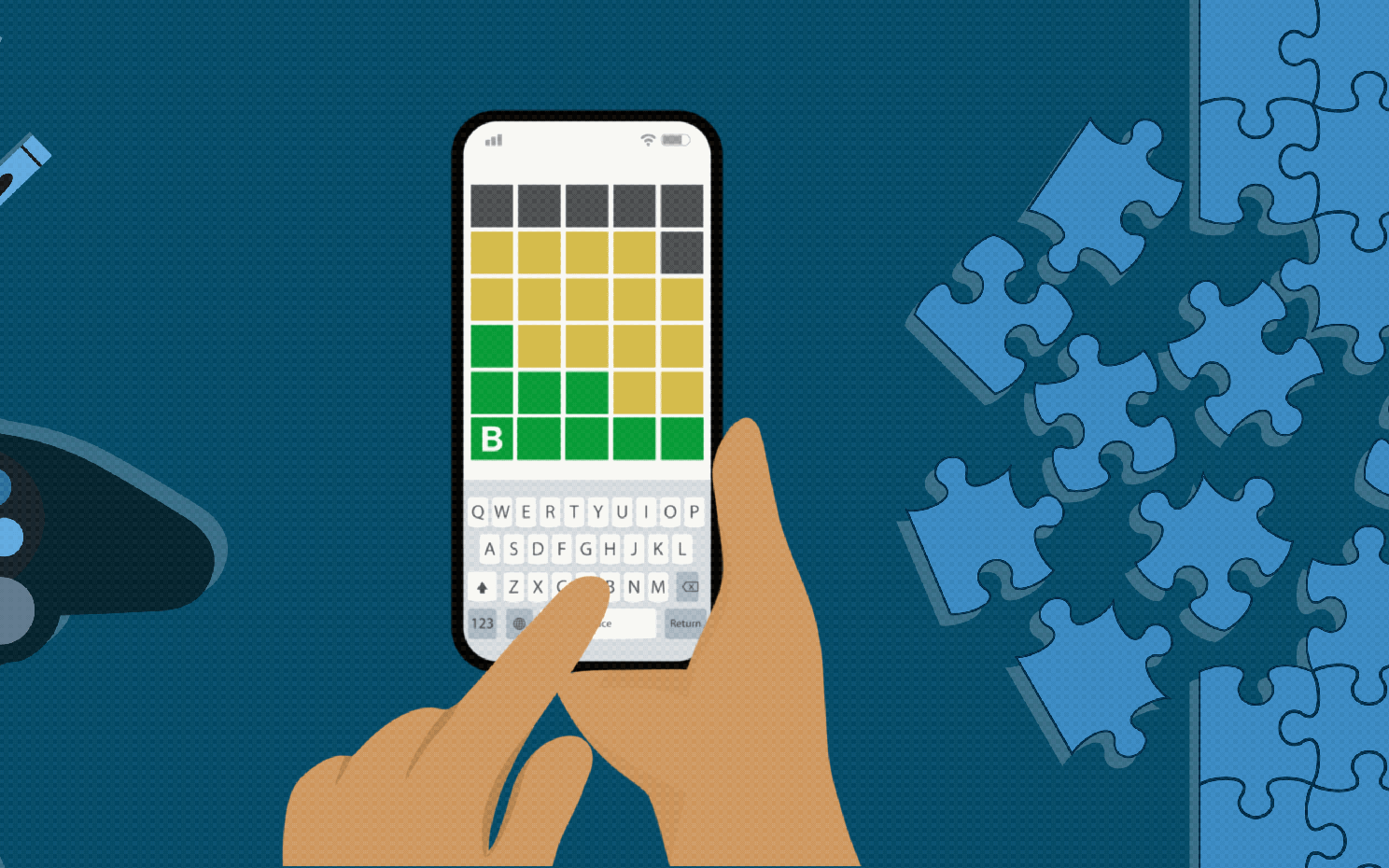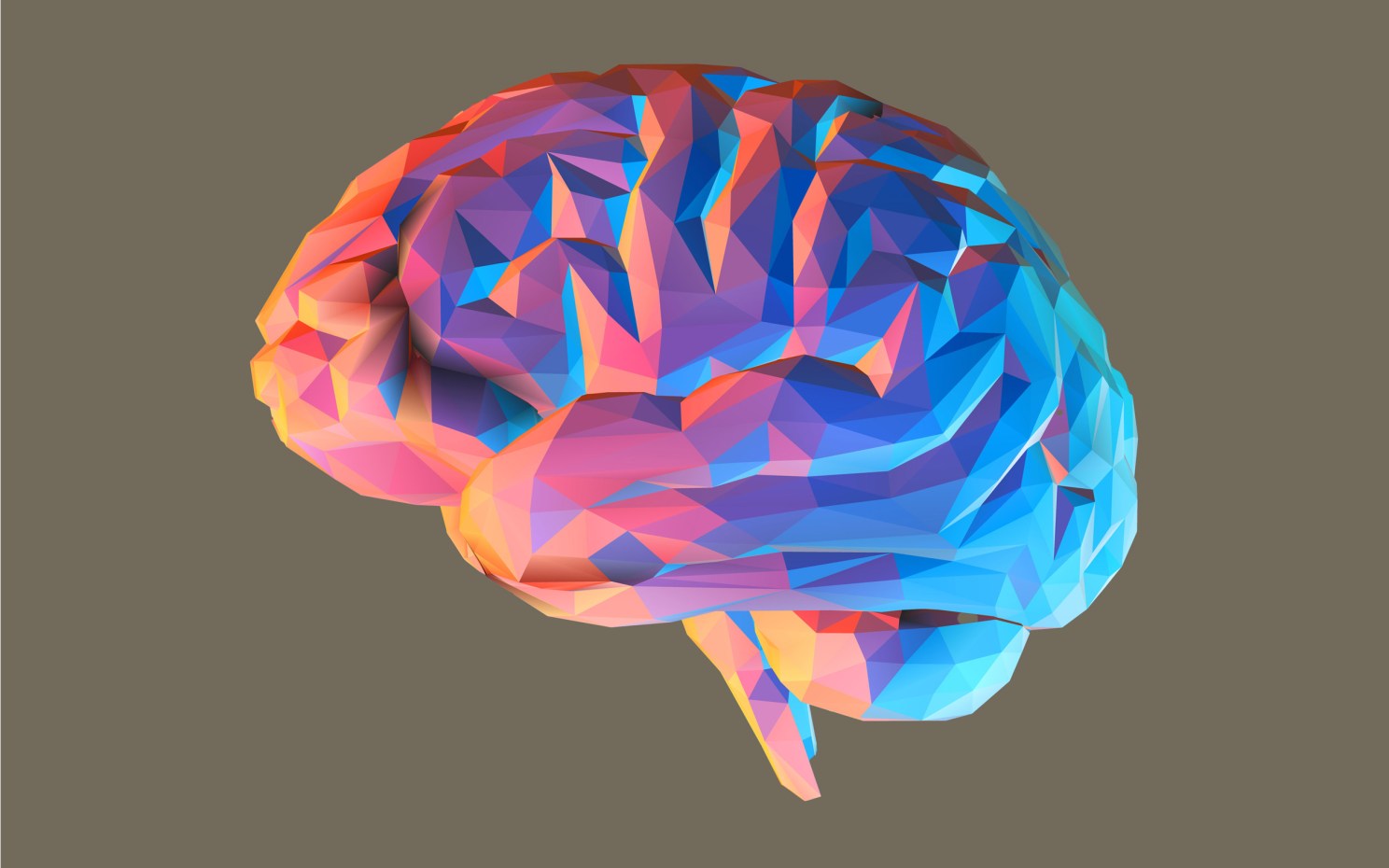How to prepare for a trip to space
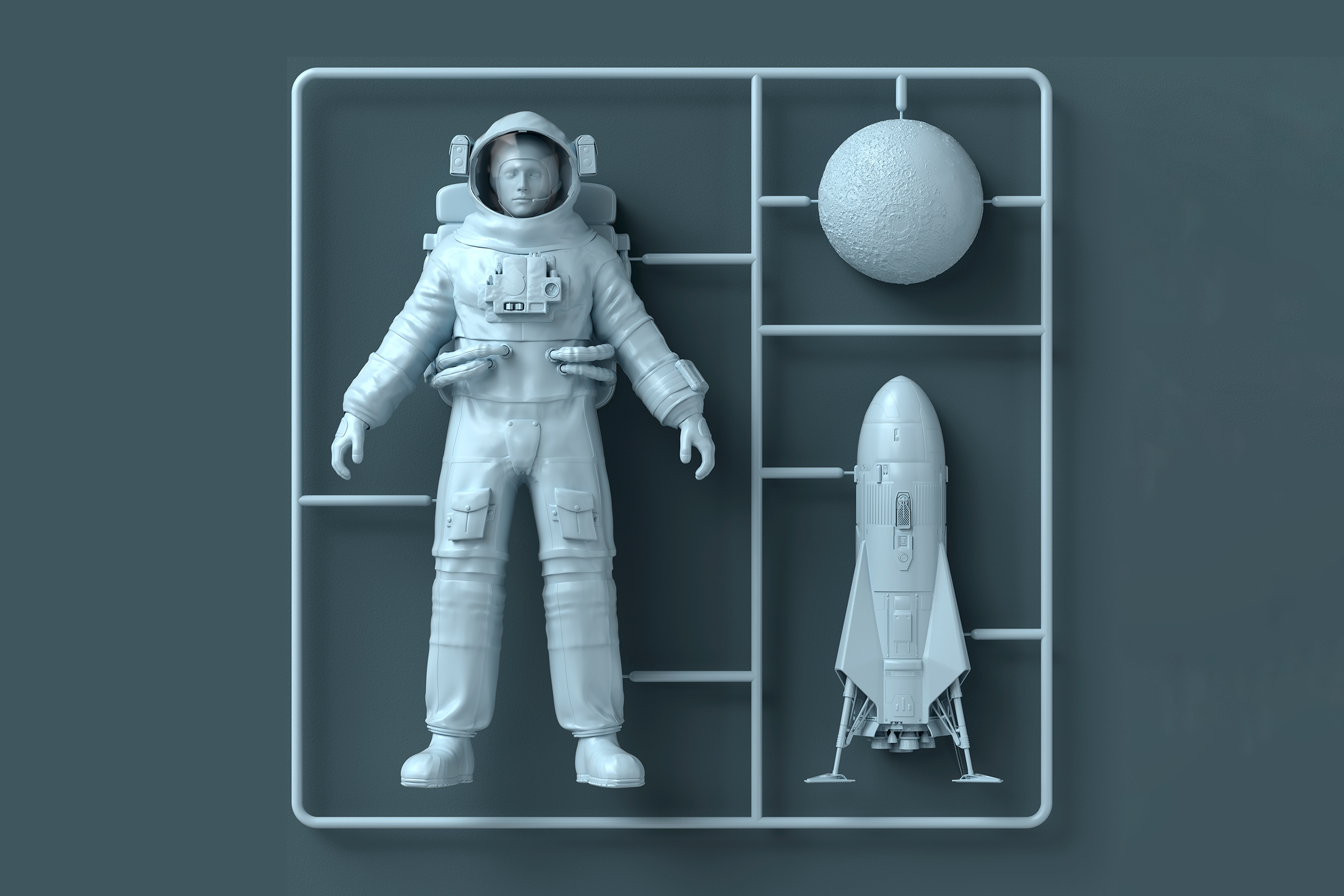
Illustration by Oliver Burston/Ikon Images
Astronauts spend years training for missions. How do commercial travelers get ready?
Part of the Wondering series
A series of random questions answered by Harvard experts.
The Medical School’s Aleksandra Stankovic is an aerospace psychologist and spaceflight biomedical researcher who studies how to optimize human performance and behavioral health in extreme operational environments. We asked her how a person gets ready to travel to space.
The spaceflight environment presents many challenges — technical, physical, and psychological. With more people having access to space travel today than ever before, successful and safe spaceflights require varying levels of preparation before launch day.
For government astronauts, candidates undergo a rigorous two-year initial training period before qualifying for flight assignment. This training includes learning about Space Station and flight vehicle systems, studying orbital mechanics, becoming proficient in emergency procedures (like how to handle scenarios such as fire, cabin depressurization, or medical issues), conducting flight training in T-38 jets (to build quick decision-making skills in high-performance aircraft), and developing Russian language skills (since international space missions involve collaboration among astronauts from various countries).
To prepare for the microgravity environment of space, astronauts also participate in simulations of weightlessness, including parabolic flights and training in the Neutral Buoyancy Lab, a large swimming pool where astronauts practice conducting spacewalks and learn to perform tasks in their pressurized spacesuits. Astronauts complete survival training and learn to cope with extreme conditions — a crucial skill in case of an emergency landing back on Earth in the water or in very cold locations like Siberia. They are trained to operate the robotic arm that is used for tasks such as capturing cargo spacecraft.
Once they receive a flight assignment, astronauts complete an additional 18 months of mission-specific training. They simulate various mission scenarios — including launch, rendezvous, and docking — and emergency procedures. Additionally, they undergo extensive training on the scientific experiments they’ll be conducting, like how to work with equipment, collect samples, and handle data.
Anyone who spends prolonged periods in space will need to spend a lot of their day working out to keep their bodies in strong shape to be healthy when they return home.
Since maintaining physical fitness is vital for astronauts to counteract the muscle and bone loss experienced in microgravity, they spend a lot of time preflight working out. At the same time, long-duration space missions can be mentally challenging, given the prolonged isolation, confinement, and separation from family and friends. Astronauts learn strategies to manage stress, maintain psychological well-being, and work effectively in close environments with their fellow crewmembers.
Commercial astronaut training is significantly less intensive than the training government-sponsored astronauts receive, since their missions are often of shorter duration and focus more on providing safe and enjoyable flying experiences. While commercial crews may stay in space for shorter intervals ranging from a few minutes for suborbital flight to several days or even weeks on the Space Station, government astronauts typically spend six months or more on the station. (Astronaut Frank Rubio recently set the record for longest American space mission with 371 consecutive days in space; cosmonaut Valeri Polyakov, who logged 437 continuous days in orbit on Russia’s Mir space station between 1994 and 1995, still holds the world record.)
Commercial astronauts often receive more generalized training that covers the basics of space travel and safety/emergency procedures. Anyone who spends prolonged periods in space will need to spend a lot of their day working out to keep their bodies in strong shape to be healthy when they return home. Everyday activities can be challenging without gravity, and sleeping can be difficult without the normal light cues from the sun that our bodies rely upon on Earth to regulate our circadian rhythms. A combination of technology and training help space travelers adapt.
As more people travel to space, on an expanding range of flight vehicles and for varying types of missions, spaceflight preparation too will undoubtedly continue to evolve. It’s an exciting time to be studying how to keep humans safe and healthy in space, and researchers like me are thrilled to be a part of enabling this next great wave of human space exploration!
— As told to Anna Lamb/Harvard Staff Writer




